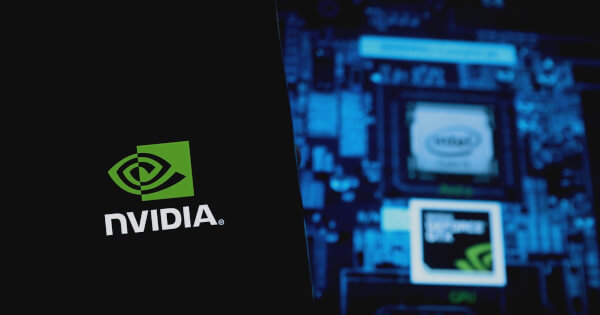Darius Baruo
Oct 25, 2024 04:10
NVIDIA’s federated learning platform enhances autonomous vehicle training by leveraging diverse global data while adhering to privacy regulations. Discover the impact on AV development.
Federated learning is proving to be a game-changer in the development of autonomous vehicles (AVs), particularly in scenarios that span across different countries. This innovative approach allows for the use of diverse data sources and conditions, which are critical for refining AV technologies. According to the NVIDIA Technical Blog, federated learning enables AVs to collaboratively train algorithms with locally collected data, maintaining data decentralization and enhancing privacy and security.
Enhancing Privacy and Regulatory Compliance
Unlike traditional machine learning methods that require centralized data storage, federated learning ensures that sensitive data remains within its country of origin. This approach not only enhances privacy but also complies with various international data protection regulations, such as the European Union’s GDPR and China’s PIPL. By minimizing data movement, federated learning helps AVs adhere to these regulations while still benefiting from a collective learning process.
The NVIDIA Federated Learning Platform
NVIDIA has developed an AV federated learning platform using NVIDIA FLARE, an open-source framework. This platform enables the training of a global model by integrating data from multiple countries, thus addressing regulatory and logistical challenges associated with traditional centralized data processing.
The deployment setup comprises two federated learning clients and a central server, with the FL server hosted on AWS in Japan. The system integrates with existing AV machine learning infrastructures, facilitating seamless data processing and model training.
Motivations and Use Cases
The NVIDIA AV team operates on a global scale, collecting data from various regions to enhance AV capabilities. The necessity to handle data from multiple countries stems from the need to address rare use cases that may not be present everywhere. The platform supports tasks such as object detection and sign recognition, enabling the development of a unified global model that meets or exceeds the performance of individual country-specific models.
Challenges and Solutions
Implementing a global AI model involves several challenges, including IT setup, network bandwidth, and outages. NVIDIA addressed these by hosting the FL server on AWS and optimizing the model transfer process. The team also implemented solutions to recover from network outages, ensuring uninterrupted training sessions.
Project Status and Future Prospects
Since its deployment, the platform has seen an increase in the number of data scientists, rising from two to thirty. NVIDIA has successfully trained and released numerous AV models using this platform, demonstrating superior performance in tasks like road sign recognition.
This federated learning approach not only enhances model training without moving data but also ensures regulatory compliance and cost efficiency. NVIDIA’s strategies in developing this platform can be adapted to other industries, such as healthcare and finance, further expanding the scope of federated learning applications.
Image source: Shutterstock
Credit: Source link





















 Bitcoin
Bitcoin  Ethereum
Ethereum  Tether
Tether  Solana
Solana  XRP
XRP  Dogecoin
Dogecoin  USDC
USDC  Lido Staked Ether
Lido Staked Ether  Cardano
Cardano  TRON
TRON  Avalanche
Avalanche  Shiba Inu
Shiba Inu  Wrapped stETH
Wrapped stETH  Wrapped Bitcoin
Wrapped Bitcoin  Toncoin
Toncoin  Sui
Sui  WETH
WETH  Bitcoin Cash
Bitcoin Cash  Chainlink
Chainlink  Pepe
Pepe  Polkadot
Polkadot  LEO Token
LEO Token  Stellar
Stellar  NEAR Protocol
NEAR Protocol  Litecoin
Litecoin  Aptos
Aptos  Wrapped eETH
Wrapped eETH  Uniswap
Uniswap  USDS
USDS  Cronos
Cronos  Hedera
Hedera  Internet Computer
Internet Computer  Ethereum Classic
Ethereum Classic  Bonk
Bonk  Bittensor
Bittensor  Render
Render  Ethena USDe
Ethena USDe  POL (ex-MATIC)
POL (ex-MATIC)  WhiteBIT Coin
WhiteBIT Coin  Dai
Dai  MANTRA
MANTRA  Artificial Superintelligence Alliance
Artificial Superintelligence Alliance  dogwifhat
dogwifhat  Arbitrum
Arbitrum  Monero
Monero  Stacks
Stacks  OKB
OKB  Filecoin
Filecoin 